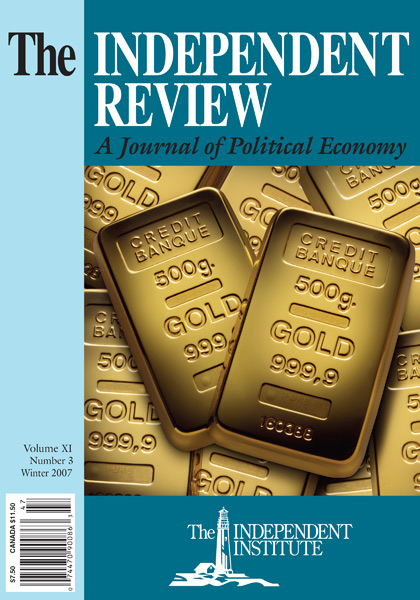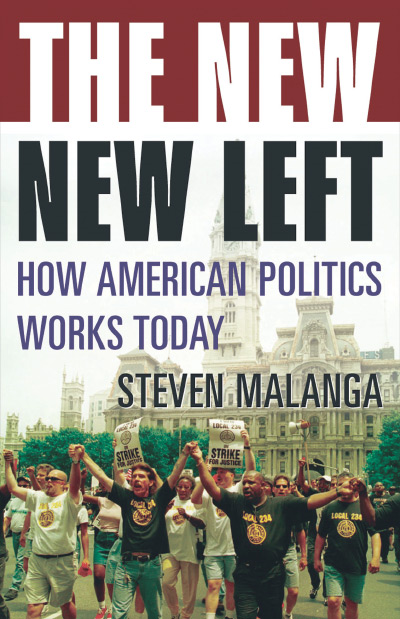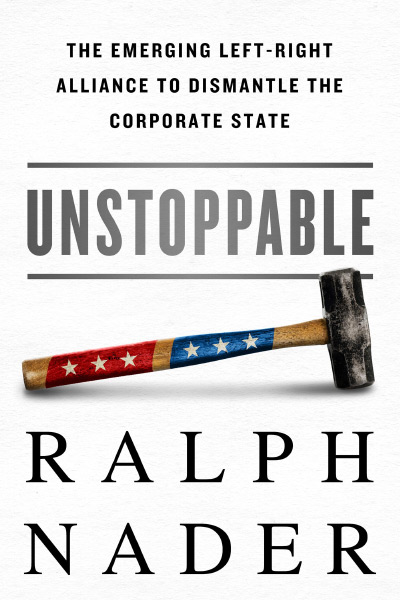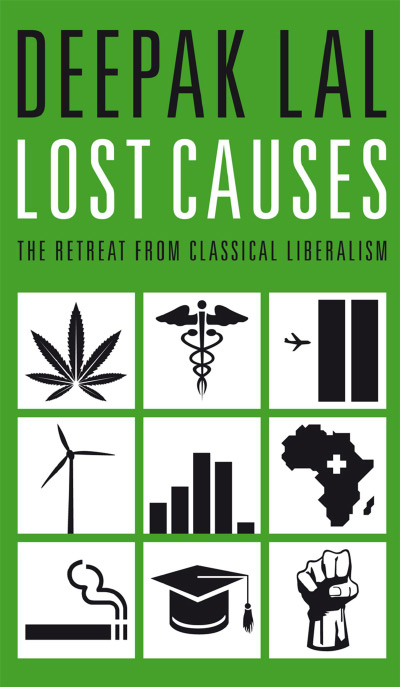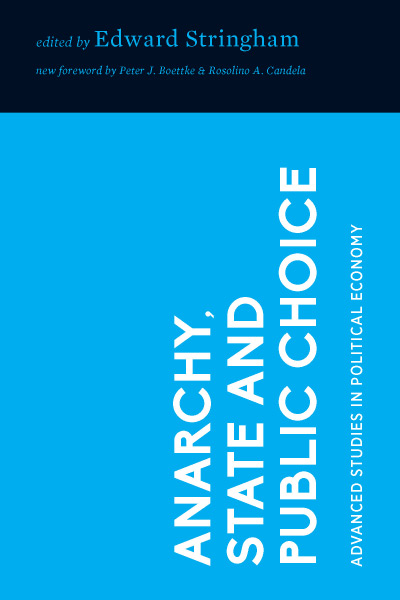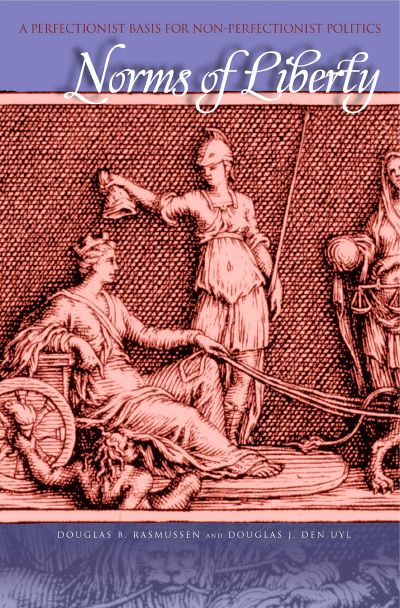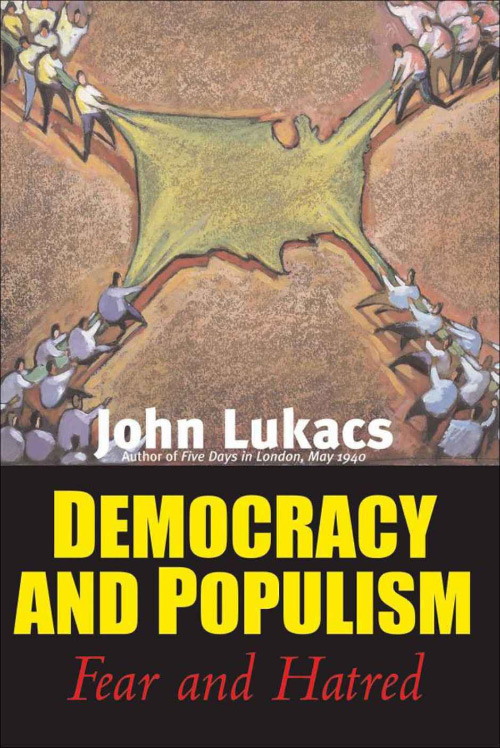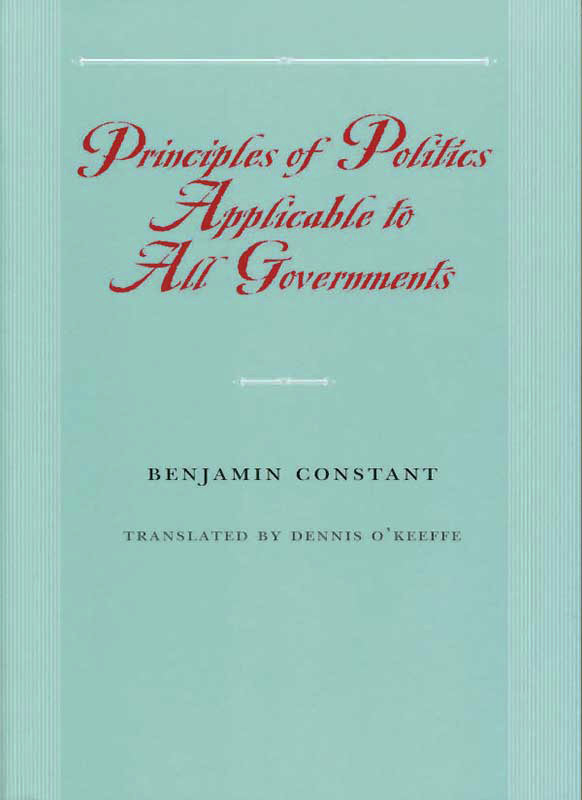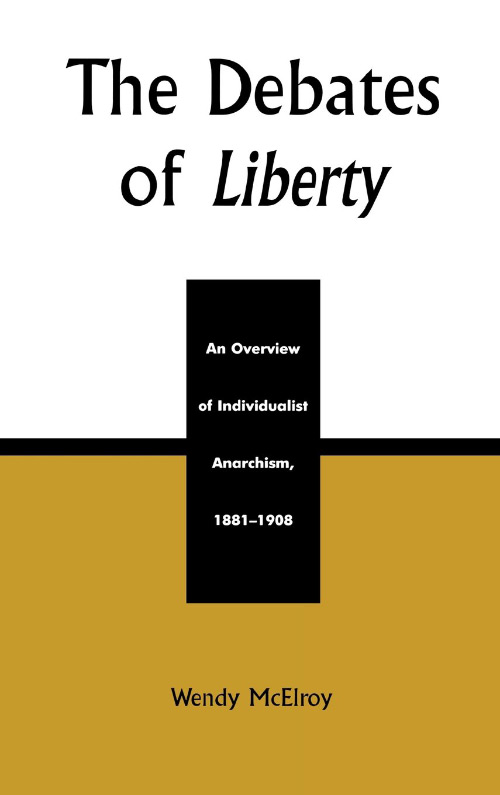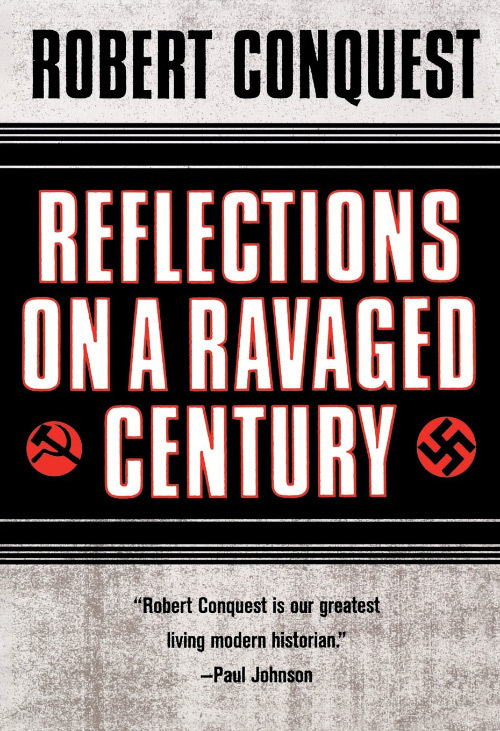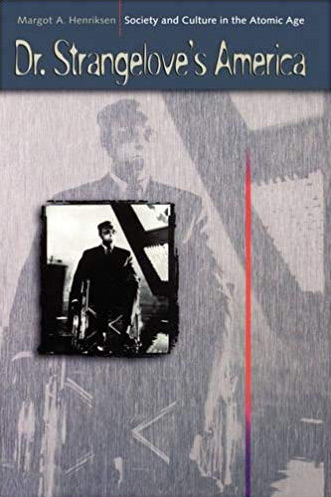In The New, New Left, Steven Malanga argues that contemporary American politics is a battle between those who gain and those who lose economically when government expands. Malanga, a fellow at the Manhattan Institute, claims that this battle between “the tax eaters” and “the tax payers” has reached a tipping point, with the tax eaters gaining ascendancy, especially in large cities.
In Malanga’s view, the driving force of the tax eaters, the “New New Left,” consists of labor unions in general and government-employee unions in particular. These unions—such as the American Federation of State, County, and Municipal Employees (AFSCME); the American Federation of Teachers (AFT); and the National Education Association (NEA)—acquired the right to bargain collectively roughly forty years ago, and they have increased their power continuously since then. Malanga emphasizes two pernicious aspects of such bargaining. First, public-employee unions are not bargaining against corporations constrained by fiscal reality, but against government bureaucrats seldom so constrained. Second, these same unions exploit their members’ dues and votes to elect politicians who will expand the government and to defeat initiatives that seek to slow that expansion.
Aiding the unions in advancing their goals are numerous social-activist “advocacy” organizations. Leftist organizations such as the Association for Community Reform Now (ACORN) and Citizens Action (Ralph Nader’s organization) push continuously to expand social spending and governmental regulation. These organizations typically function as statist middlemen, accepting money from unions and pumping it into voter-registration drives, initiative campaigns, political campaign coffers, and so on. Also working to push the New New Left agenda are the highly politicized labor studies programs at public universities and the leftist foundations, such as the Tides Foundation and the Ford Foundation.
As Malanga illustrates repeatedly, the programs that these activists and organizations push usually serve to benefit only themselves. For example, ACORN earns large “consulting” fees from banks that are trying to deal with the Community Reinvestment Act (CRA), which mandates that banks doing business in a locality must invest a certain percentage of their capital in poorer neighborhoods, but ACORN just coincidentally happens to be a major filer of CRA complaints aimed at stopping bank mergers. Of course, such a scheme comes as no surprise to economists: this sort of action is what public-choice theory predicts.
Especially valuable is Malanga’s detailed review of the various battles that the New New Left is fighting. First is the ongoing war to enact “living wage” ordinances in cities all over the country. More than one hundred cities nationwide already have such ordinances in effect, mandating that firms doing business with the city pay markedly higher wages than the prevailing minimum wage. Malanga argues in the manner of Frederic Bastiat that these ordinances are easy to pass because the benefits are obvious to local voters, but the costs (lost jobs, higher taxes) are invisible to them.
Another battle is taking place on college campuses, where organized labor (especially under the leadership of John Sweeney) is attempting systematically to co-opt academic programs and departments. The radicalized departments then function as agitprop machines, turning out cadres of new union organizers and churning out biased research, which serves as propaganda in labor’s numerous campaigns.
A third, fiercely fought battle involves the New New Left’s attempt to destroy Wal-Mart. Leftist unions—especially the United Food and Commercial Workers Union, along with the aforementioned activist organizations such as ACORN, the National Organization for Women, and even environmentalist organizations—have worked with some success to get local governments to block the opening of new Wal-Marts, especially the new superstores, which sell groceries as well as general merchandise. In this battle, organized labor finds additional self-interested allies in trial lawyers and competing businesses. The left has singled out Wal-Mart for attack for several reasons. First, Wal-Mart has fought off unionization successfully, for the most part by offering its employees sufficient pay and benefits, along with opportunities to move into management. Second, because Wal-Mart has been the leader in the tremendous revolution in U.S. retailing, it represents all the left hates and fears. Finally, again as Bastiat might have noted, the people who lose from a Wal-Mart store’s establishment (mainly retailers who cannot or will not compete) are highly visible, whereas those who gain—the unemployed, the consumers, and the businesses whose sales will increase because consumers will have extra money to spend—are not visible.
Malanga discusses in detail the work of three popular writers who have popularized the New New Left weltanschauung: Barbara Ehrenreich, David Shipler, and Richard Florida. He argues that their work is flawed observationally and methodologically. Consider Shipler’s book The Working Poor (New York: Knopf, 2004). Shipler describes people he views as poor because of the workings of an unjust and dysfunctional economic system, but who, as Malanga suggests, have only their own inept choices and unreliable behavior to blame for their plight.
Malanga devotes considerable attention to the New New Left’s role in contemporary New York City government. He makes the telling point that whereas the old Tammany Hall machine employed only a few thousand people in municipal jobs, the modern welfare-state machine employs hundreds of thousands. The New York City Council, dominated by union-linked activists, has pushed for such statist policies as controlling commercial rents, requiring businesses doing work for the city to hire city residents for more than half of their positions, and barring the city from doing business with any company that profited from slavery (even though slavery ended in 1865). He lauds Mayor Rudolph W. Giuliani’s policies for rejuvenating the city’s economy.
Taken as a discussion of the tactics and growing danger of leftist unions and activist organizations, Malanga’s book is worthwhile. He is right that these organizations are working to increase the size and reach of the welfare state out of manifest or latent self-interest, regardless of whether these welfare programs help or hurt the country. Although this economic perspective is nothing new, Malanga gives us a detailed, nitty-gritty descriptions of precisely how the elitists are successfully pushing their statist agenda.
Notwithstanding the book’s virtues, however, it does have limitations. Most notably, although the thesis is that the New New Left is controlling the national economy, or at least that we have collectively reached a “tipping point” at which the tax eaters have come to dominate society, Malanga’s evidence hardly supports that conclusion. He does not present data to show whether aggregate government spending as a proportion of national product has increased dramatically or has approached 50 percent. He gives no statistical evidence that either the recipients of social-welfare benefits have increased in the aggregate as a proportion of the population or that the government workers attached to the welfare programs have increased as a proportion of the total workforce. He does not examine these groups’ voting behavior to establish that they cohesively back a common agenda.
Instead, a disproportionate amount of Malanga’s exposition focuses on New York City. Although Gotham is a major city, it is in many ways atypical of the nation as a whole, and its politics may be atypical, too. Therefore,The New, New Left constitutes only a warning about what may be happening more widely rather than a convincing demonstration that tax eaters have taken over the U.S. economy.
| Other Independent Review articles by Gary Jason | |
| Winter 2009/10 | Happiness, Economics, and Public Policy |

